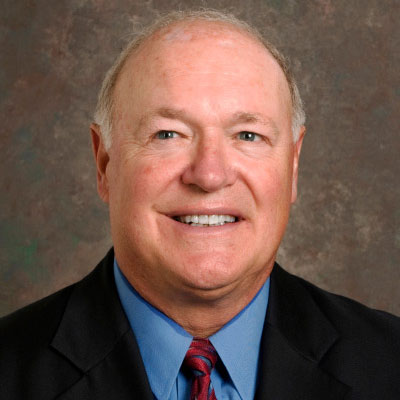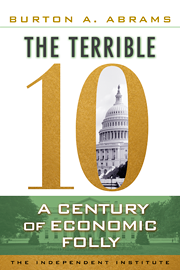The quantity theory of money, the view that the money supply is the key determinant of inflation, is dead, or today’s mainstream economists tell us. The Federal Reserve is now engaged in a policy that will either put the nail in the quantity theory’s coffin or restore it to the textbooks. Sadly, if the theory is alive and wins out, the economy is in for a very rough ride.
The theory has had a long history of evidence in its support. In earlier times new gold discoveries, the source for old-fashioned money, produced inflation. Years later, in the early 1970s, Milton Friedman warned President Richard Nixon about expanding the money supply. His advice fell on deaf ears, and Nixon proceeded to pressure Arthur Burns, then chair of the Federal Reserve, to “goose” the money supply.
A horrendous decade of inflation followed as the Fed feebly applied its policy tools to avoid recession. Despite this, two recessions occurred, and the inflation rate worsened throughout the decade. It took Paul Volcker in 1980 to really slam on the money-supply brakes to get the inflation under control. Interest rates soared; the economy dropped into a serious recession, but inflation’s back was finally broken.
After the inflation of the 1970s, economic thinking about monetary policy gradually started to change partly due to financial innovations such as money market mutual funds, which made identifying what counted as money unclear. The Fed shifted to setting interest rates as its preferred policy tool to manage national spending and inflation. Interest in measuring and watching the money supply waned.
The relatively low and stable inflation rate over the last four decades has given support for the Fed’s decision to focus on interest-rate manipulation. However, if we look at money-supply growth over the same period, using a traditional measure of money called M2, we observe that the money supply also grew at a modest and steady rate. Quantity theorists could claim that this supports their position.
So who is right? The Fed’s latest policies should put the issue to rest. But this may be a very costly experiment.
In the 49 days ending June 8, the money supply (M2) has increased by $1,018.6 billion. To put this into perspective, the money supply grew by $921 billion in all of 2019. The Fed is “goosing” the money supply at rates previously thought foolhardy by any quantity theorist worth their salt. When will the wait for evidence in the experiment end? Milton Friedman would have said to give it six months to a year or even more. The lags are long and variable, he noted.
The Fed has taken a recession caused by a government-forced shutdown and applied its traditional demand-management tools to stimulate employment. This amounts to beating a dead horse. As the shutdown eases, employment will recover, as the early evidence suggests. The Fed’s wild purchase of financial assets, the cause of the exploding money supply, is great for financial markets in the short term, but its effect on employment is likely to be negligible if labor supply restrictions persist. Rather, if the Fed’s experiment reignites inflation, we can expect a long and difficult path forward.
There is still time for the Fed to reverse course, throttle back the money printing press, and hold down inflation. But this is a presidential election year, and cooling the financial market boom would not sit well in certain government circles. On June 10, Chairman Jerome Powell announced that the Fed would do “whatever we can for whatever it takes” to support the economy. Reversal may be a long time coming.
Is the quantity theory dead? Did the Fed go too far for too long? Stay tuned.









